Encased Postage
On August 12, 1862, John Gault received a patent for a design to encase postage stamps to use as currency as coins were being hoarded during the Civil War.
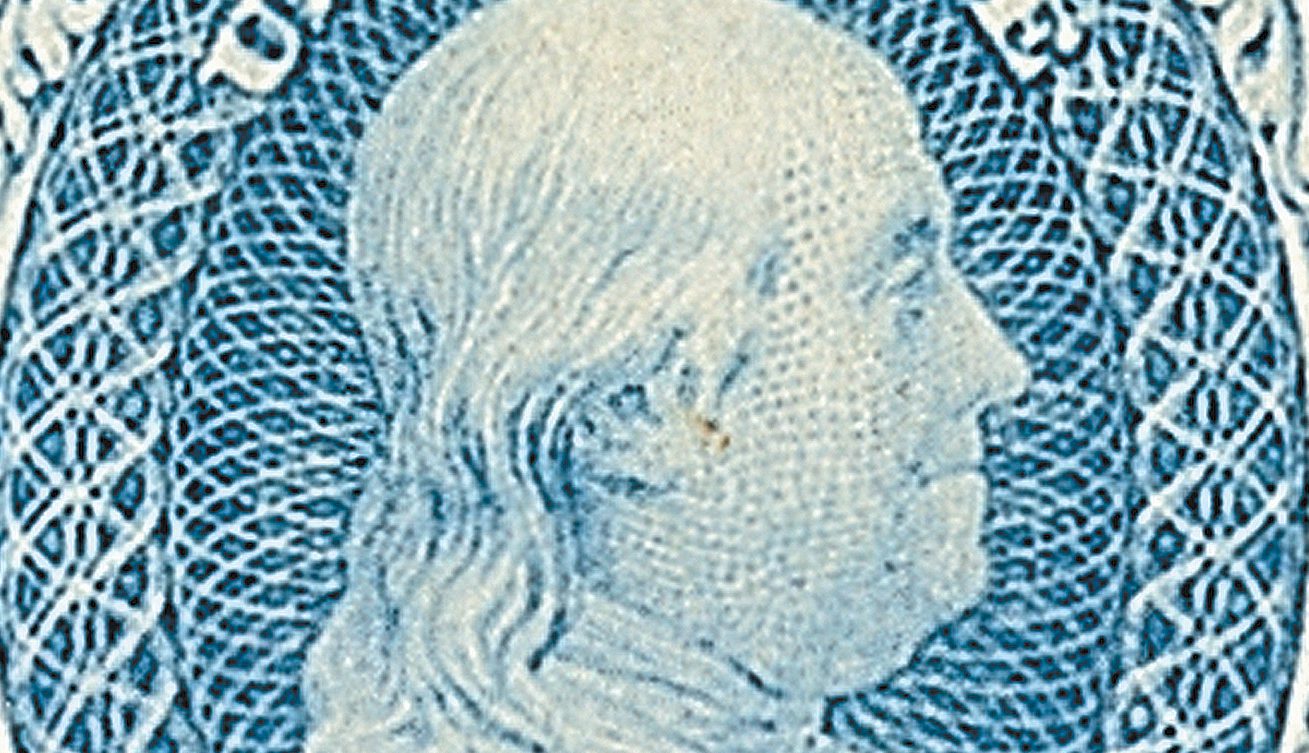
On August 12, 1862, John Gault received a patent for a design to encase postage stamps to use as currency as coins were being hoarded during the Civil War.
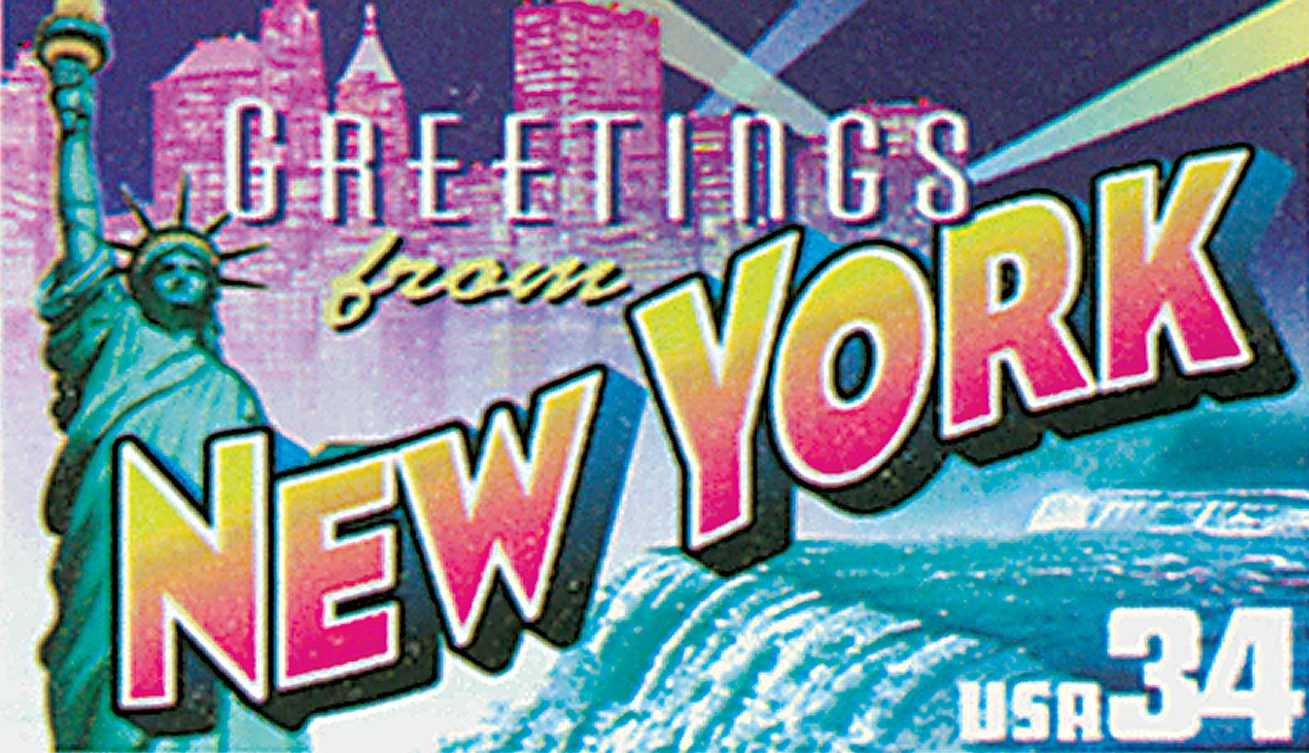
On July 26, 1788, New York ratified the US Constitution, becoming America’s 11th state. It has grown to be America’s fourth most populous state, with more than 20 million residents.
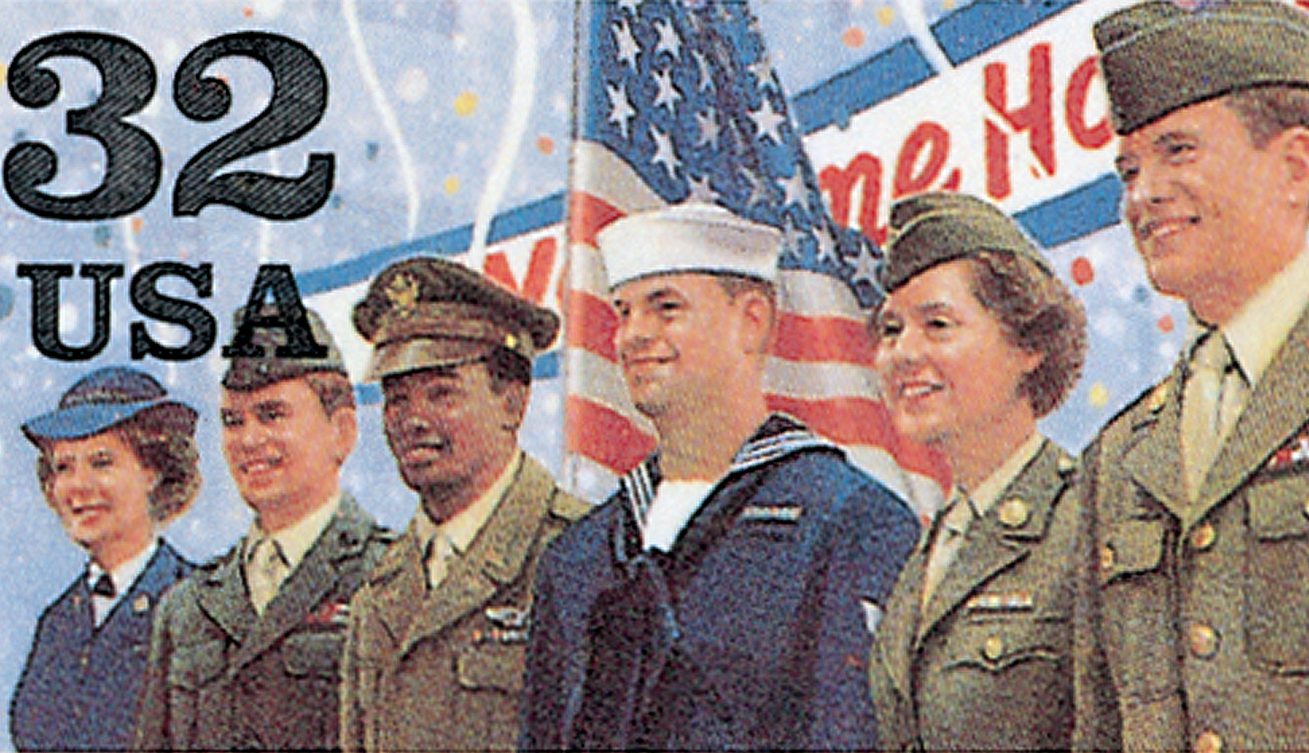
On July 21, 1930, President Hoover signed legislation forming the Veterans Administration, often called simply, the VA.
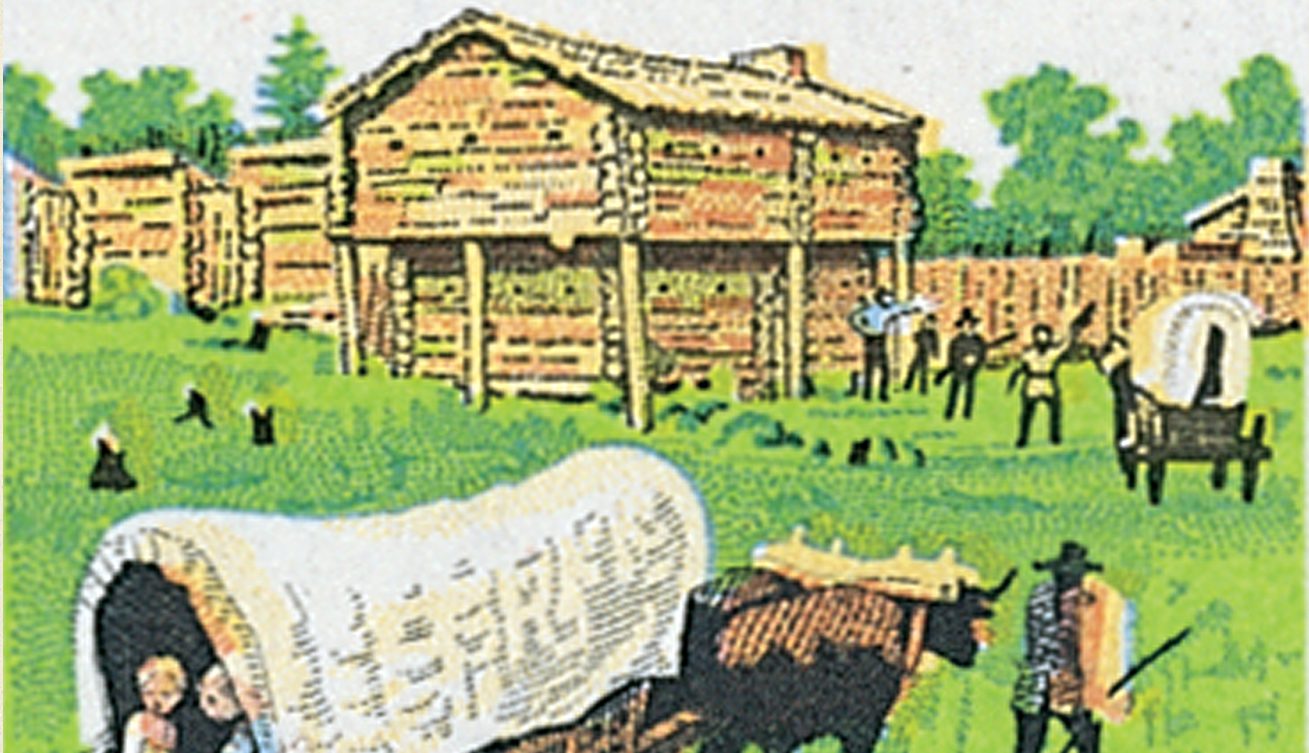
Cumberland Gap National Historical Park was established on June 11, 1940, along the Kentucky-Virginia border. The park preserves and honors the “first great gateway to the West.”
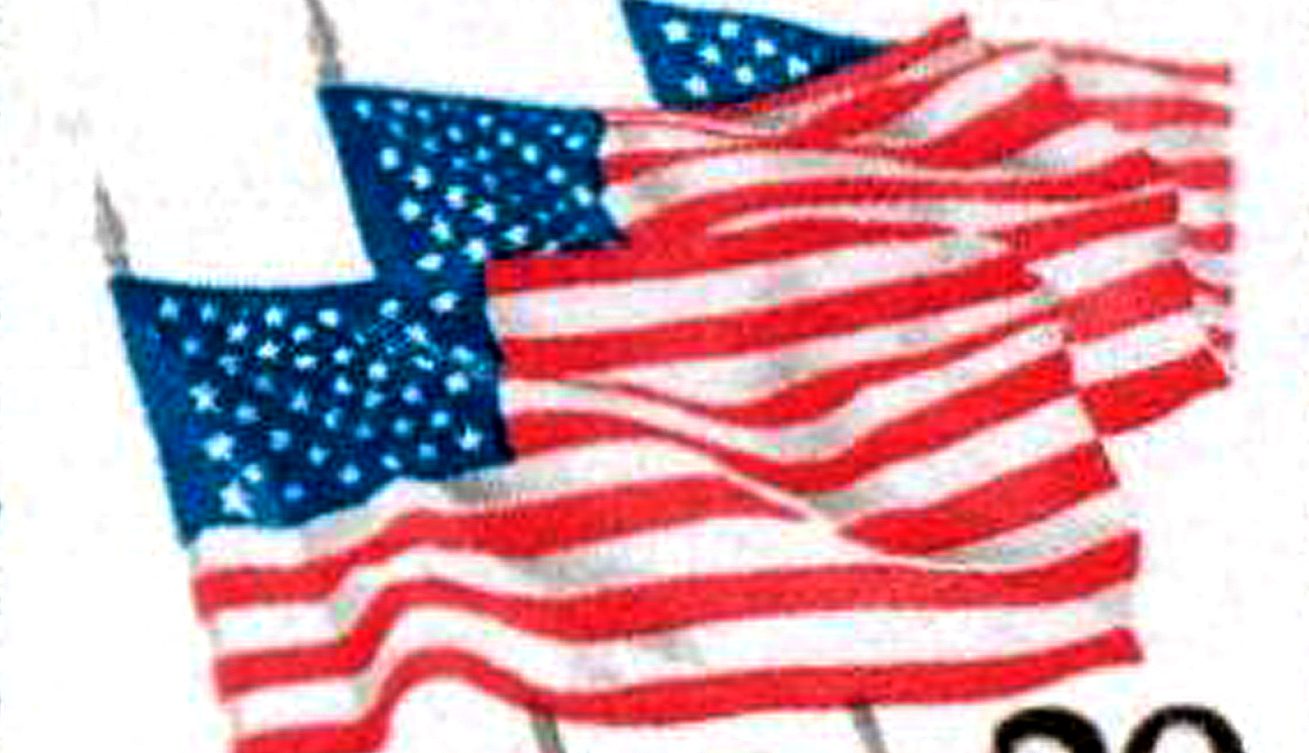
On May 30, 1868, the first Memorial Day, then called Decoration Day, was held in the United States. It’s grown to become a federal holiday dedicated to remembering the sacrifices of our fallen soldiers.
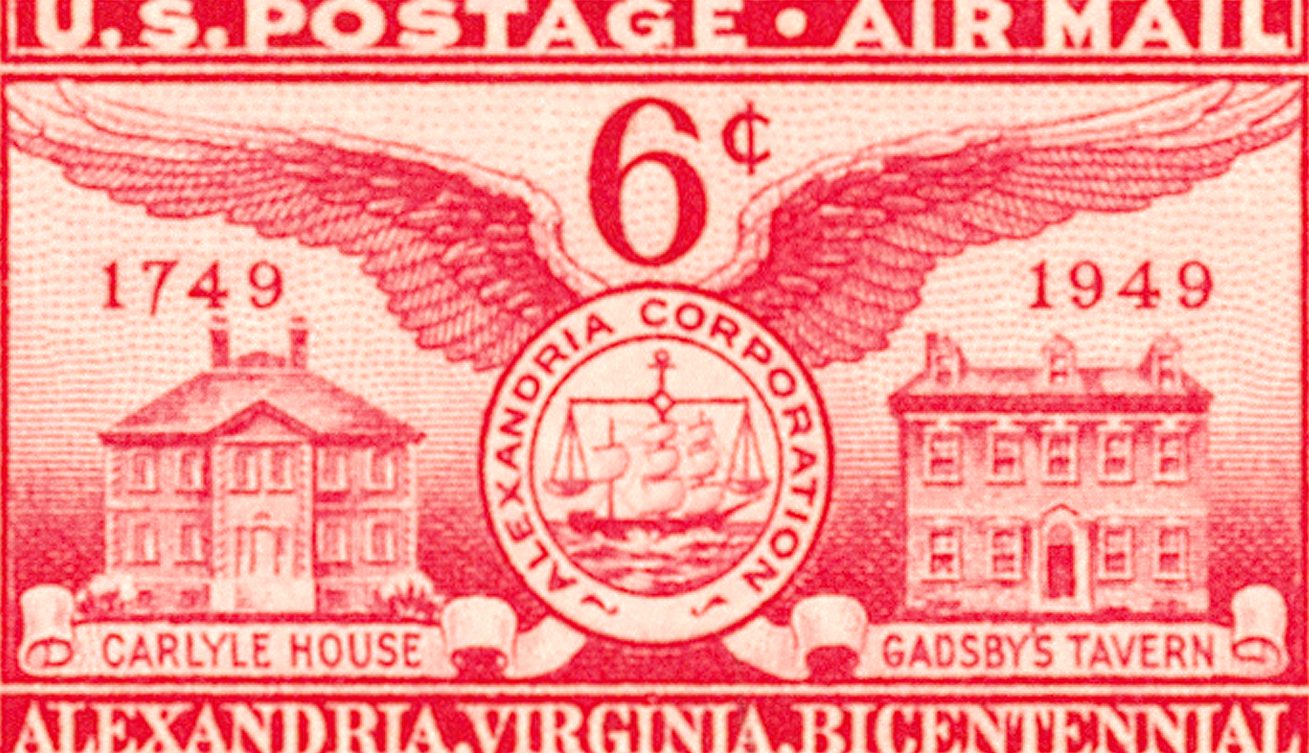
On May 24, 1861, Colonel Elmer Ellsworth, a close friend of President Abraham Lincoln, became the first Union officer to die in the Civil War. “Remember Ellsworth” soon became a popular rallying cry for the Union.
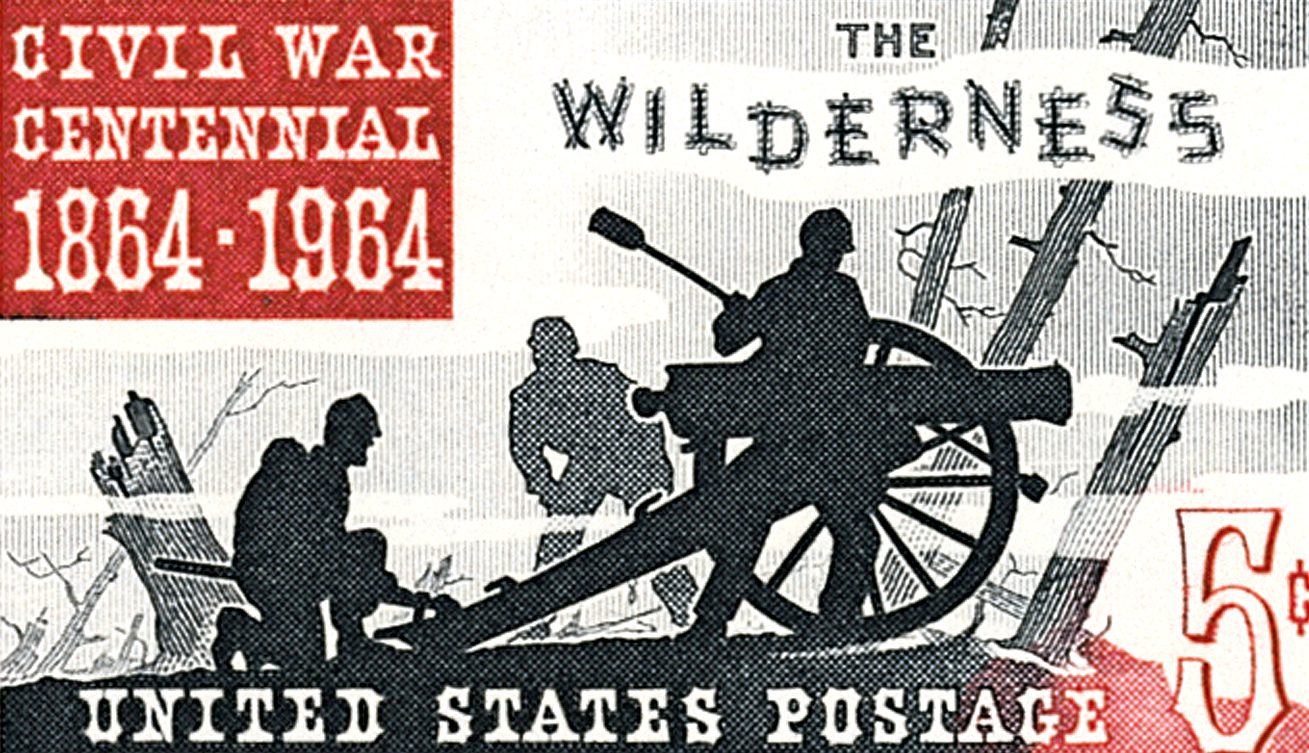
On May 5, 1864, Ulysses S. Grant and Robert E. Lee clashed for the first time at the Battle of the Wilderness in Virginia. It was the opening battle of Grant’s Overland Campaign, which was designed to destroy Lee’s Army of Northern Virginia.
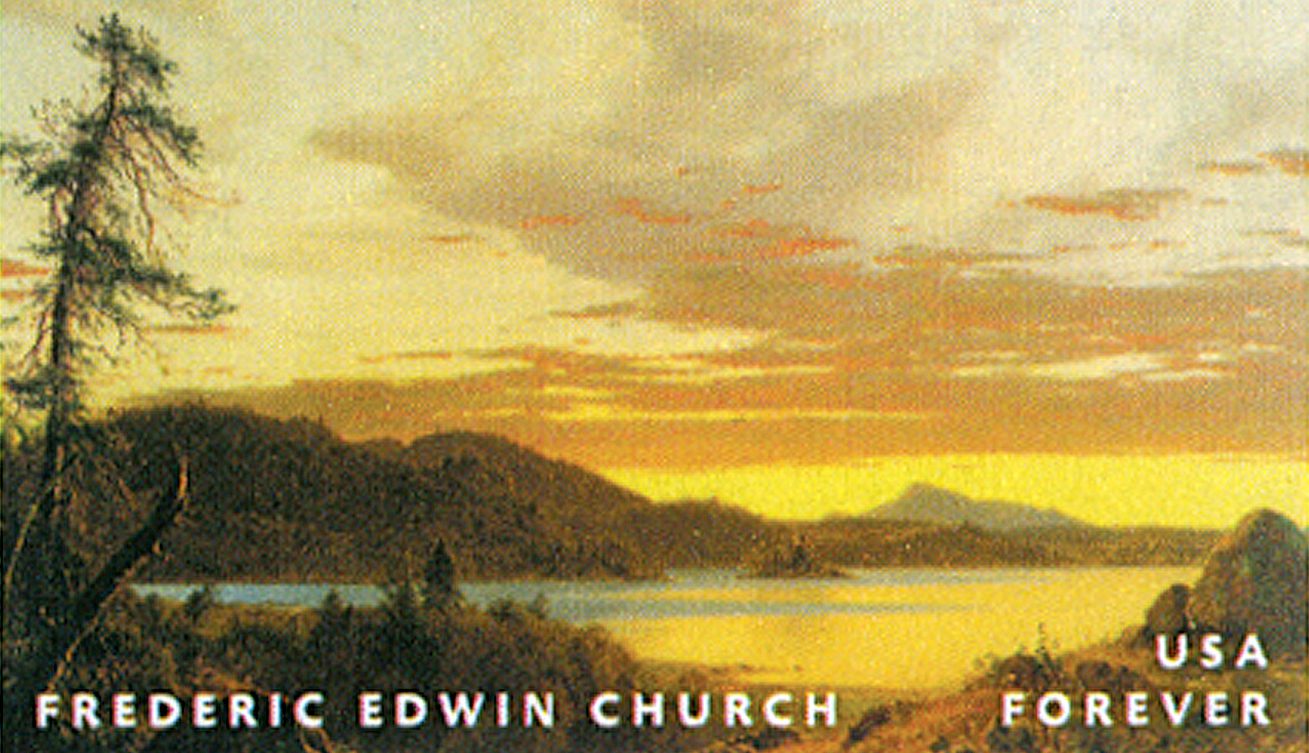
Frederic Edwin Church was born on May 4, 1826, in Hartford, Connecticut. Known for his large, dramatic landscapes, he is one of the most traveled, best known, and most successful of the Hudson River School artists.
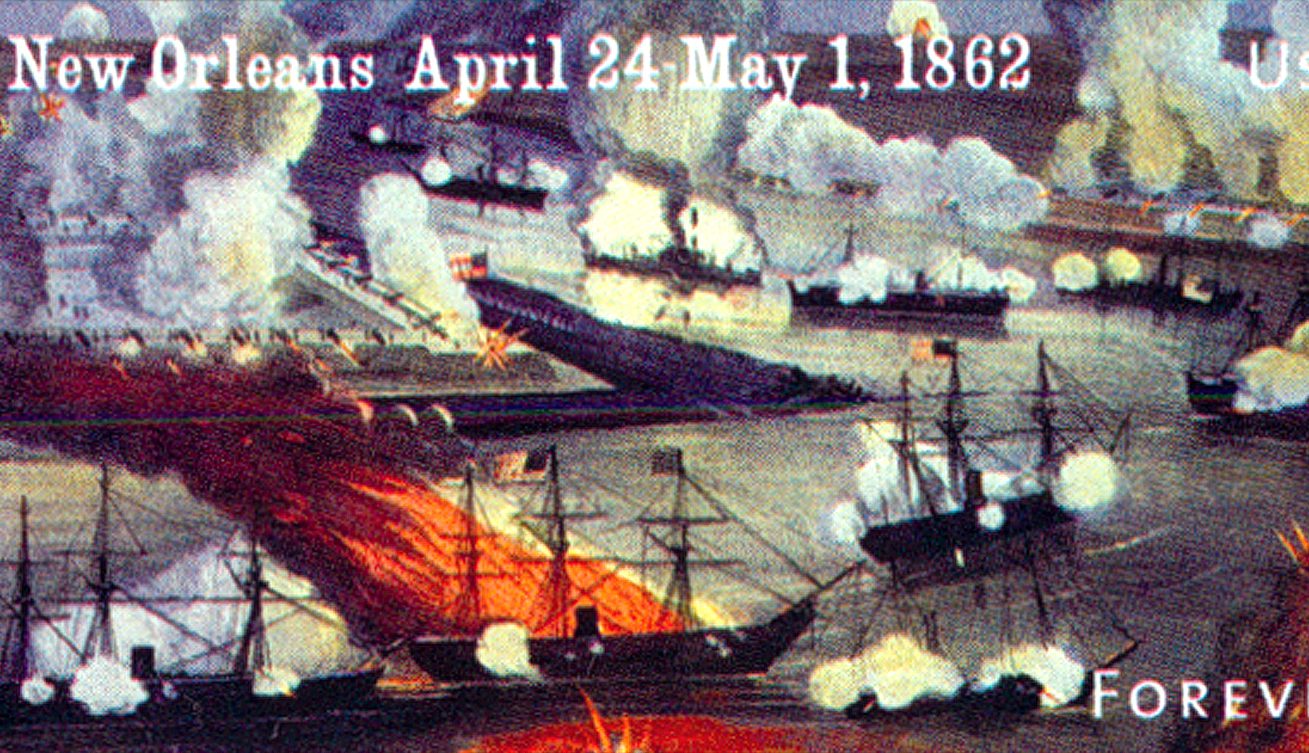
On April 29, 1862, Union Admiral David Farragut captured New Orleans from Confederate forces. Capturing one of the Confederacy’s largest cities, known as the “Jewel of the South,” this was a major victory and turning point in the Civil War.